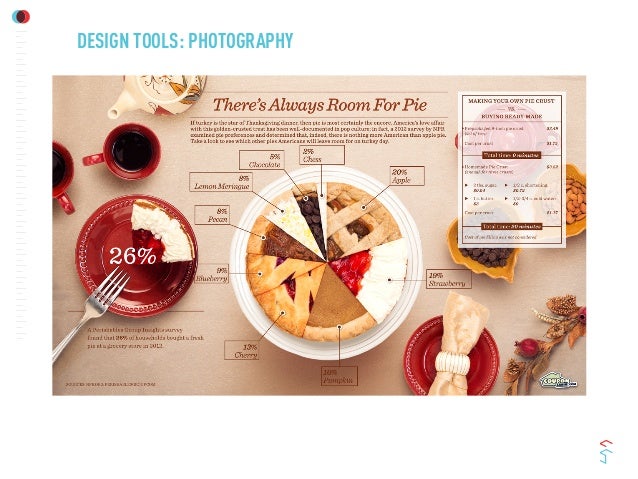Join Us To Find Necessary Photography Tips That Will Certainly Open Your Electronic Camera'S Potential-- Prepare To Capture Magnificent Images In A Snap!
Join Us To Find Necessary Photography Tips That Will Certainly Open Your Electronic Camera'S Potential-- Prepare To Capture Magnificent Images In A Snap!
Blog Article
Content By-Weber Turan
When you first get your cam, it can feel overwhelming with all the setups and choices readily available. You might find yourself wondering how to navigate aperture, shutter speed, and ISO successfully. Mastering these principles is vital, yet there's even more to photography than simply technical knowledge. Recognizing composition techniques and lighting conditions can boost your pictures dramatically. So, what happens if you could find out simple methods to boost your abilities and begin capturing outstanding pictures sooner than you assume? Allow's discover exactly how to transform your photography journey.
Understanding Camera Setups
Recognizing your camera setups is essential for catching magnificent images. When you grab your camera, acquaint on your own with the 3 main setups: aperture, shutter speed, and ISO. Each plays an important role in just how your photos end up.
Begin with aperture, which controls the quantity of light getting in the lens. A wider aperture (lower f-number) lets in much more light and creates an attractive background blur, ideal for portraits. Alternatively, a narrower aperture (higher f-number) maintains more of the scene in emphasis, suitable for landscapes.
Next off, focus on shutter speed. This setting establishes how much time your camera's sensor is subjected to light. A rapid shutter rate freezes activity, which is fantastic for activity shots, while a slow shutter speed can develop spectacular results like smooth water in landscapes.
Finally, adjust your ISO. This setup influences your camera's sensitivity to light. A higher ISO serves in low-light scenarios yet can present noise or grain. Go for the lowest ISO possible while still attaining correct direct exposure.
Make-up Techniques
When you're out capturing, composition can make all the distinction in how your photos resonate with visitors. Start by using the guideline of thirds; imagine your framework separated into 9 equivalent sections with 2 horizontal and 2 vertical lines. Placement crucial elements along these lines or at their junctions to create equilibrium and interest.
Next, consider leading lines. These all-natural lines in your scene, like roadways or rivers, attract the visitor's eye into the picture, guiding them via the tale you're informing.
Don't forget mounting; usage components within your scene, like trees or windows, to create a frame around your topic, adding depth and emphasis.
Also, keep an eye on your history. A messy history can distract from your major topic, while a basic one aids it stand apart.
Finally, explore balance and patterns; they can develop a striking image that records focus.
Learning Lighting Issues
Mastering lighting conditions is essential for recording magnificent pictures, as the best light can transform a common scene into something remarkable.
Begin by observing all-natural light at different times of the day. Mornings and late afternoons use the best light, known as the golden hour. The soft, warm tones during these times can boost your photos wonderfully.
Do not avoid cloudy days either; diffused light can reduce severe shadows and produce a pleasing effect, especially for pictures.
Trying out http://pilar815tanna.xtgem.com/__xt_blog/__xtblog_entry/__xtblog_entry/37576155-how-to-locate-your-special-design-as-a-professional-photographer?__xtblog_block_id=1#xt_blog by placing your subject against the source of light. This strategy can create a wonderful halo effect and include depth to your pictures.
Take note of your cam settings also. Adjust the ISO, aperture, and shutter rate to match the lights problems. A greater ISO can aid in reduced light, yet be cautious of grain.
Make use of a tripod in darker settings to avoid blur.
Lastly, do not neglect man-made lights. Flash and continual lights can be wonderful tools for controlling light in challenging problems.
Verdict
To conclude, grasping your electronic camera does not need to be frustrating. By understanding your settings, using composition techniques, and harnessing the power of all-natural light, you'll promptly raise your photography skills. Bear in mind, practice makes perfect, so get out there and experiment with your newly found knowledge. With time and commitment, you'll be recording magnificent pictures that reflect your unique viewpoint. Appreciate Linkedin Photos , and do not fail to remember to have fun while you go to it!
